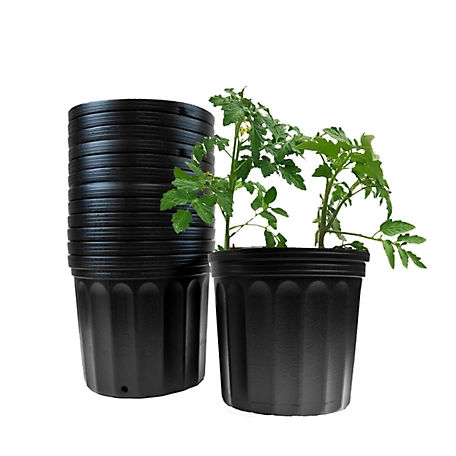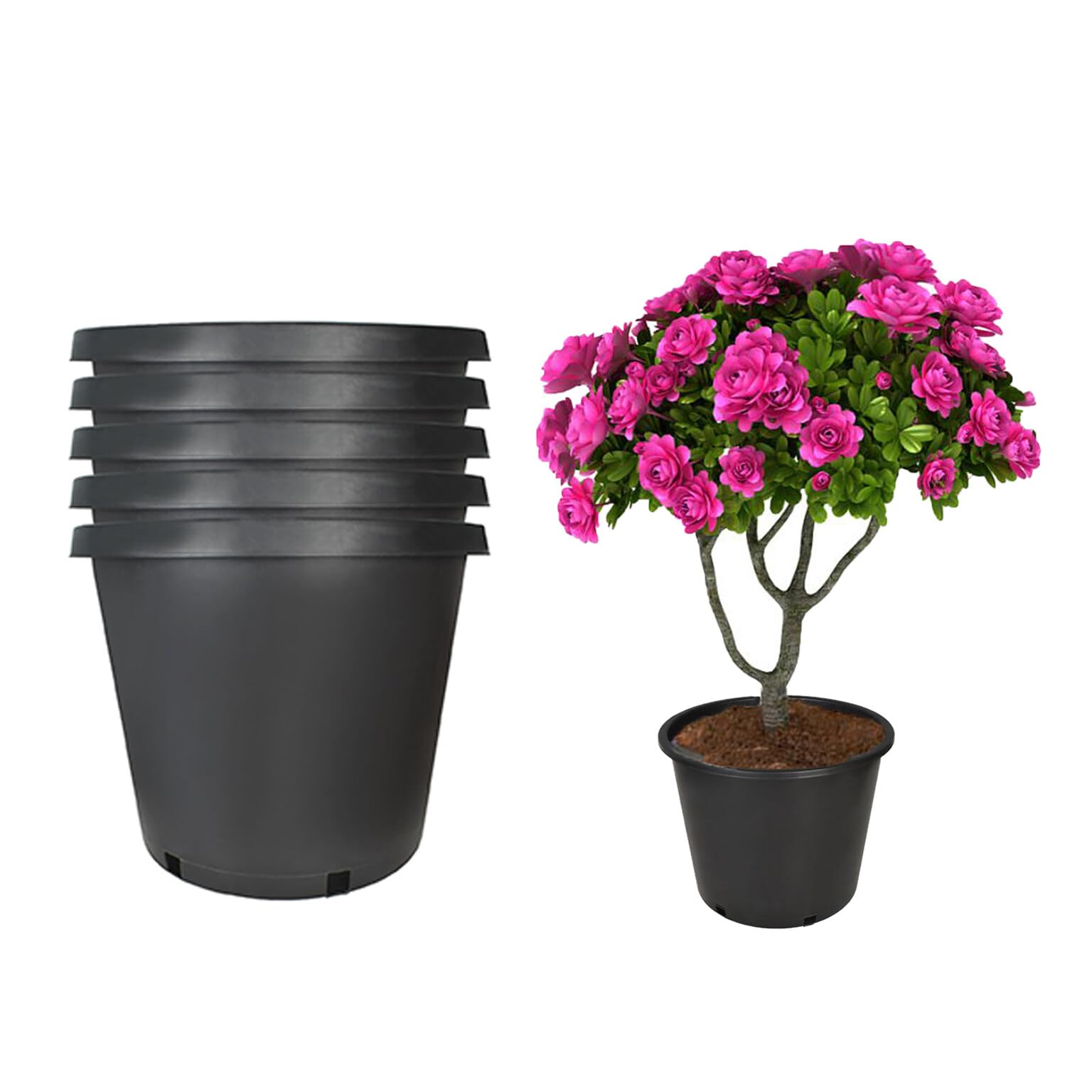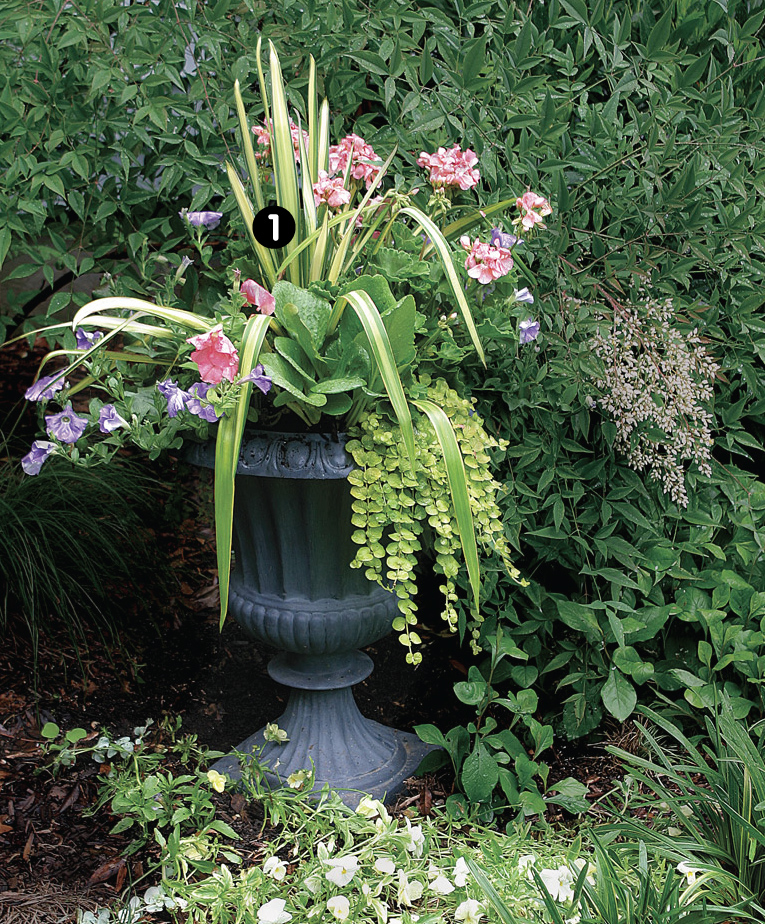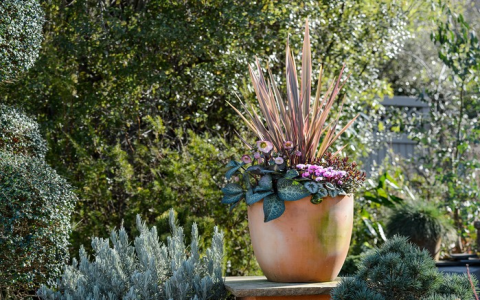How Long Can Outdoor Plants Stay in Nursery Pots?
When you purchase plants from a nursery, they often come nestled in plastic pots, commonly referred to as nursery pots. These containers are convenient for transporting and displaying plants, yet they raise an important question for gardeners: how long can outdoor plants stay in nursery pots before facing adverse effects? Understanding this topic is crucial for ensuring your plants thrive and live up to their full potential.

Nursery pots are designed to facilitate growth and transportability, but the length of time plants can remain in them isn’t infinite. Factors such as plant type, pot size, and environmental conditions play significant roles in determining how long a plant can comfortably stay in its nursery pot.
Why Pot Size Matters
The size of the nursery pot is one of the primary factors influencing how long a plant can remain in it. Smaller pots can restrict root growth, limiting the plant’s ability to absorb water and nutrients. Most small nursery pots can sustain plants for a few weeks to a couple of months. When roots begin to outgrow their confines, the plants might show signs of distress, such as yellowing leaves, stunted growth, or wilting.
In contrast, larger pots provide more space for roots to expand. Typically, a plant can remain in a larger nursery pot for several months, even up to a year, depending on its growth rate and specific needs. Certain fast-growing species, however, may still outgrow larger pots quicker than anticipated.
Environmental Factors to Consider
Temperature, humidity, and light exposure also influence how long outdoor plants can stay in nursery pots. During warm months, plants in smaller pots may suf fer from root-bound conditions more quickly due to increased evaporation and temperature stress. Conversely, in cooler climates, plants may take longer to reach their limit in the same sized pots.
Additionally, exposure to sunlight can lead to overheating of the pot and roots, accelerating growth or causing stress. It’s essential to monitor the plant’s condition regularly and make appropriate adjustments, such as providing shade or relocating them in early hot weather.
Extraction Signs to Watch For

Recognizing signs that your plant is ready for a larger pot can prevent potential setbacks. Key indicators include:
-
Root Growth: If you notice roots peeking out of the drainage holes or circling the pot, it’s time to repot.
-
Wilting and Leaf Yellowing: These may signal water stress, often caused by root constriction.
-
Stunted Growth: A sudden halt in growth can indicate that the plant has exhausted its available resources within the nursery pot.
Transplanting should be done carefully to ensure minimal disruption to the root system. Always choose suitable soil and a new pot that is one size larger, allowing for adequate room for growth.
Best Practices for Plant Care in Nursery Pots
While waiting to transplant, providing the right care is essential. Regular watering, ensuring proper drainage, and offering balanced fertilizer can help maintain plant health. Monitoring the moisture levels is particularly vital, as potted plants tend to dry out faster than those planted directly in the ground.
Timing Your Transplant

Ideally, most outdoor plants should transition out of nursery pots when temperatures are mild, typically in spring or fall. This timeline allows plants to adjust without the stress of extreme weather conditions. However, some plants, particularly perennials and hardy annuals, can be transplanted during the growing season if adequately cared for.
In summary, understanding the growth habits of your specific plants, combined with awareness of their environmental needs, will ultimately guide your decision on how long they can stay in nursery pots. Adopting a proactive approach to monitoring their condition and ensuring timely transplanting will foster healthier plants and a more rewarding gardening experience.
By keeping these guidelines in mind, you’ll help your outdoor plants thrive, ensuring they are not just surviving but flourishing in their new homes. Proper care at the right time can make all the difference for your garden’s success.



